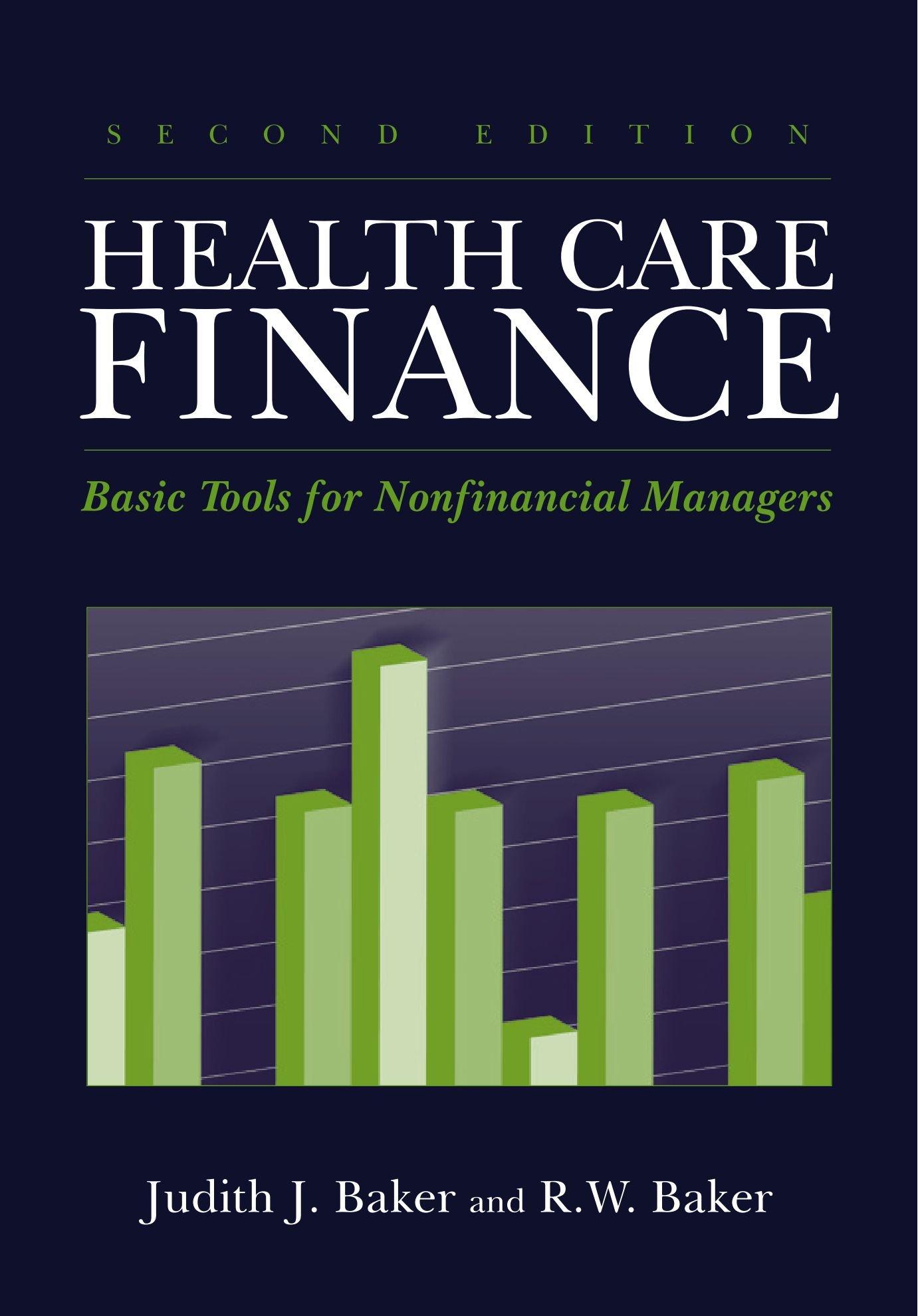Answered step by step
Verified Expert Solution
Question
1 Approved Answer
a. What is the projected enterprise value of Flanders in five years? What is the estimated value of Clearwater's equity in the firm at the


a. What is the projected enterprise value of Flanders in five years? What is the estimated value of Clearwater's equity in the firm at the end of five years if everything works out as planned?
b. What rate of return should Clear stone expect on its equity in the acquisition under the projections made above?
c. After further review, Randy estimated that the firm's operating expenses could be shaved by roughly $ 1 million per year. How would this affect your answers to Problem 10-9( a) and ( b)?
10-9 LBO VALUATION Randy Dillingwater is the chief investment officer for Clearstone Capital. Clearstone is a private equity firm located in Orlando, Florida, that specializes in what Randy describes as make-over or fixer-upper investments. The firm tries to find privately held firms whose owners tried to grow their business too fast and ran into liquidity problems. Clearstone has been in this business for eleven years and has had reasonable success. Clearstone is now completing the investment of its second fund and considering the acquisition of a local manufacturing and distribution company, Flanders Inc. Flanders was founded by Mark Flanders eighteen years ago and grew rapidly. Recently, how ever, the firm made a large acquisition of a competitor firm, and the problems the firm encountered when assimilating the acquisition led to financial difficulties for Flanders. The owner has recently voiced his interest in a buyout proposal to his local banker, who notified Randy (his next-door neighbor) of the opportunity Randy contacted Mark, and the two decided to open a dialogue about the possible acquisition of Mark's firm. After several meetings, Mark decided to solicit an offer from Clearstone. In response to Randy's request, Mark supplied him with the following set of pro forma income statements spanning 2016 to 2020: Pro Forma Income Statements EBITDA Less: depreciation EBIT Less: interest 2016 2017 2018 2019 2020 $11,000,000.00 12,100,000.0$13,310,000.00 14,641,000.00 16,105,100.00 (3,900,000.00) (4,300,00000(4,700,000.0 (5,100,000.00) 5,500,000.00) 7.100,000.00 7800,000.0O 8,610,000.00 9,541,000.00 $10,605,100.00 (6,300,000.00) 6,235,600.00 6,040,28880) (5,690457.10) (5,159,103.90) 5,445,996.10 (770,913.36) (1155,162.87) (1,633,798.83) S 560,000.00 S 1,095,080.00 S 1,798,797.84 2,695,380.03 3,812,197.27 2,569,711.20 3,850,542.90 Earnings before taxes Less: taxes Net income 800,000.00 1,564,400.00 (469,320.00) (240,000.00) In addition, Randy asked Mark to estimate capital expenditures for each of the next five years. Mark indicated that he thought the firm would have to spend about $4 million a year and that the new capital would have a ten-year depreciable life. (Depreciation expense for 2015 was $3.5 million so the addition of $4 million in capital expenditures will add $400,000 in added depreciation expense for 2016.) 10-9 LBO VALUATION Randy Dillingwater is the chief investment officer for Clearstone Capital. Clearstone is a private equity firm located in Orlando, Florida, that specializes in what Randy describes as make-over or fixer-upper investments. The firm tries to find privately held firms whose owners tried to grow their business too fast and ran into liquidity problems. Clearstone has been in this business for eleven years and has had reasonable success. Clearstone is now completing the investment of its second fund and considering the acquisition of a local manufacturing and distribution company, Flanders Inc. Flanders was founded by Mark Flanders eighteen years ago and grew rapidly. Recently, how ever, the firm made a large acquisition of a competitor firm, and the problems the firm encountered when assimilating the acquisition led to financial difficulties for Flanders. The owner has recently voiced his interest in a buyout proposal to his local banker, who notified Randy (his next-door neighbor) of the opportunity Randy contacted Mark, and the two decided to open a dialogue about the possible acquisition of Mark's firm. After several meetings, Mark decided to solicit an offer from Clearstone. In response to Randy's request, Mark supplied him with the following set of pro forma income statements spanning 2016 to 2020: Pro Forma Income Statements EBITDA Less: depreciation EBIT Less: interest 2016 2017 2018 2019 2020 $11,000,000.00 12,100,000.0$13,310,000.00 14,641,000.00 16,105,100.00 (3,900,000.00) (4,300,00000(4,700,000.0 (5,100,000.00) 5,500,000.00) 7.100,000.00 7800,000.0O 8,610,000.00 9,541,000.00 $10,605,100.00 (6,300,000.00) 6,235,600.00 6,040,28880) (5,690457.10) (5,159,103.90) 5,445,996.10 (770,913.36) (1155,162.87) (1,633,798.83) S 560,000.00 S 1,095,080.00 S 1,798,797.84 2,695,380.03 3,812,197.27 2,569,711.20 3,850,542.90 Earnings before taxes Less: taxes Net income 800,000.00 1,564,400.00 (469,320.00) (240,000.00) In addition, Randy asked Mark to estimate capital expenditures for each of the next five years. Mark indicated that he thought the firm would have to spend about $4 million a year and that the new capital would have a ten-year depreciable life. (Depreciation expense for 2015 was $3.5 million so the addition of $4 million in capital expenditures will add $400,000 in added depreciation expense for 2016.)Step by Step Solution
There are 3 Steps involved in it
Step: 1

Get Instant Access to Expert-Tailored Solutions
See step-by-step solutions with expert insights and AI powered tools for academic success
Step: 2

Step: 3

Ace Your Homework with AI
Get the answers you need in no time with our AI-driven, step-by-step assistance
Get Started


